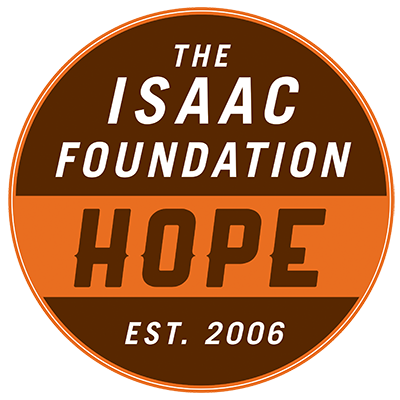After spending a lot of time speaking with Trey’s plastic surgeon, Dr. Verchere, and a hand surgeon at the University of Minnesota, Dr. Van Heest, who is an expert in MPS, we have decided to go ahead and book Trey’s bilateral carpal tunnel release. Trey has surgery January 23, 6 days after we get back from January’s UNC trip.
Both surgeons agreed that we go ahead with another release. I spoke with Dr. Van Heest for the first time, back in June. Trey had nerve conduction and EMG tests in February 2011, two years after his first carpal tunnel release. The tests showed Trey had carpal tunnel syndrome, but Dr. Van Heest could not tell from one test, if this carpal tunnel syndrome was a result of damage done before his first surgery that was permanent and irreparable, or if it was due to new GAG deposits, since surgery (in the future we will be doing EMG’s and nerve conduction tests yearly… live and learn). So, we did another EMG and nerve conduction test last month, in November. November’s tests were considerably worse than February’s results, so Dr. Van Heest said she would go ahead with another release. This damage is not residual, it is new accumulation.
So, here we go for a second carpal tunnel release. One of my biggest questions, was how many releases can one do in a lifetime? If Trey’s carpal tunnel syndrome comes back again after this release, what do you do? Dr. Van Heest said she has never done three carpal tunnel releases before (she has also never heard of anyone else who has done it before either), only because it has not been necessary. With enzyme replacement therapy, kids are living longer and we would be entering uncharted territory.
I asked Dr. Verchere what the concerns of repeated surgeries are. Apparently, doing repeated surgery in one area is more complicated, but not impossible. Dr. Verchere said that when you do surgery a first time in any given area, it is easy to see the tissue plains. First there is skin, then fat, then muscle and bone. A scar joins all these planes together, so it is more difficult to see where you’re going. As far as my understanding goes, you have to take a good look around because not only do you have to make sure you’re in the correct plane, but scar tissue might lead you to miss something if you see scarring and don’t look farther (MPS folk and doctors, please correct me if I’m wrong, I think it’s fascinating!).
For those of you who are still interested, Trey’s sensory nerve conduction results were absent from the beginning, so Dr. Van Heest can’t tell if it’s better or worse. It is his motor nerve conduction that we can assess results from, so it is his motor function that has gotten worse in the past year (it did improve after surgery, but now is even slightly worse than before his first surgery). In addition, Trey’s right hand is worse than his left and surgery did not help his median right latency. Sorry to bore those of you who are not interested, I am providing this info for all the other MPS families out there, if they come across this uncharted land! When no one knows what to do, the more information parents or adults with MPS have to work with, the better!
Dr. Verchere also commented that Trey’s hand function (she watched him eating pistachios) is good and is much better than she would have guessed from his EMG & nerve conduction results. However, despite this fact, both surgeons said to go ahead with surgery. I’m sad for Trey that he’s getting put to sleep an average of two times per month these days, but you do what you’ve gotta do. And then you adjust.
Onto osteopathy! Trey saw Carolyne, his osteopath, again today. Last visit, after his first dose of IT enzyme, Carolyne said she could feel the enzyme in there and that his brain felt different, but that the enzyme had not fully absorbed into the tissues of the brain. This time was different. She said Trey’s brain and central nervous system was more receptive to the enzyme and it was deeper in the tissues. She said she’d like to check once more after his next IT dose, just to see one more time what the enzyme is doing in his brain, but she said all she did today was help get the CSF moving from his lower to upper spine and brain a little bit better. She also said his brain and central nervous system feels completely different from what it felt like prior to IT dosing and that she thinks the IT enzyme is doing great things for his brain. I would think and hope so, but it is great to hear!!
Now I’m going to go enjoy the holidays. 🙂
Love Deb
